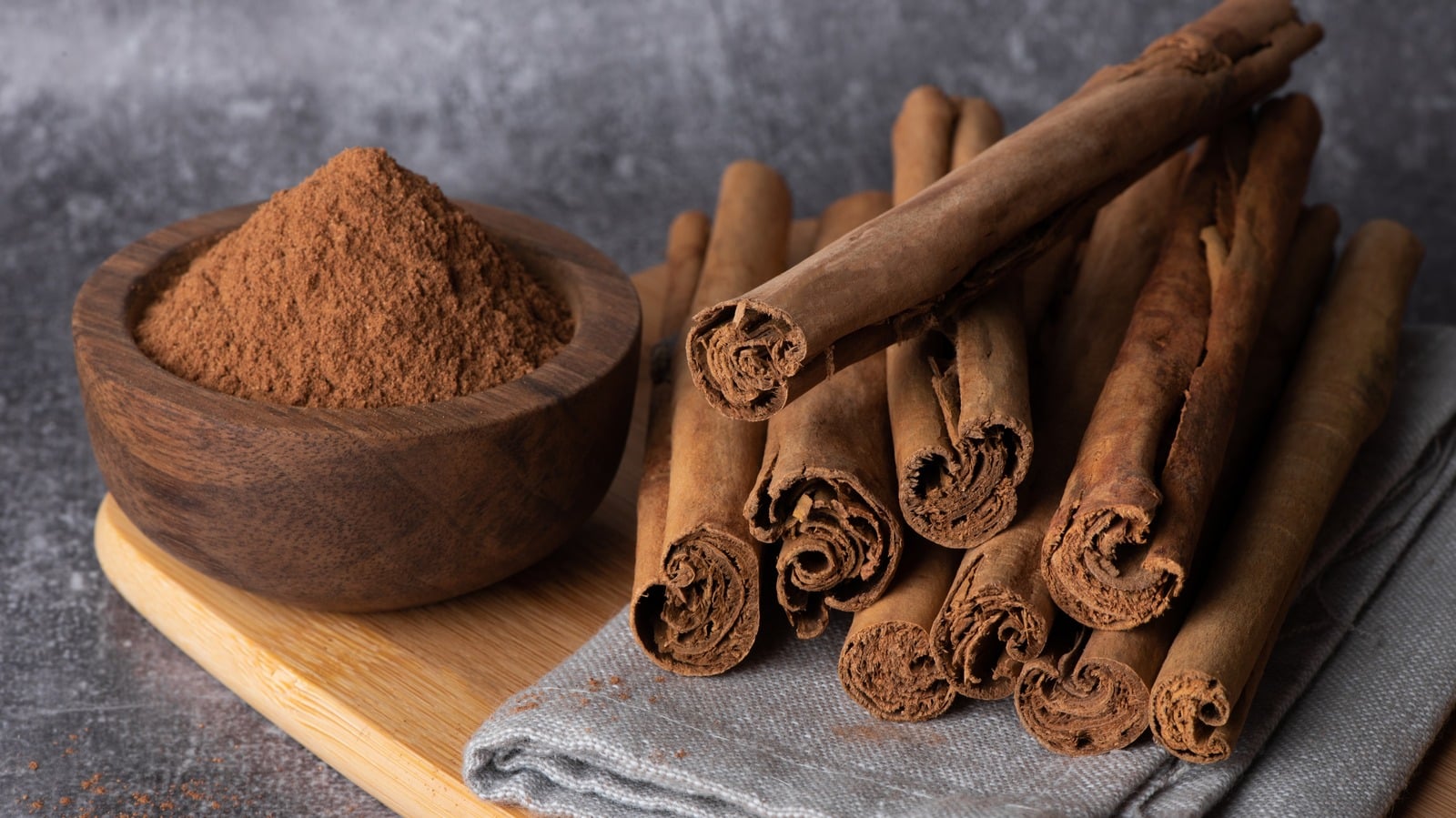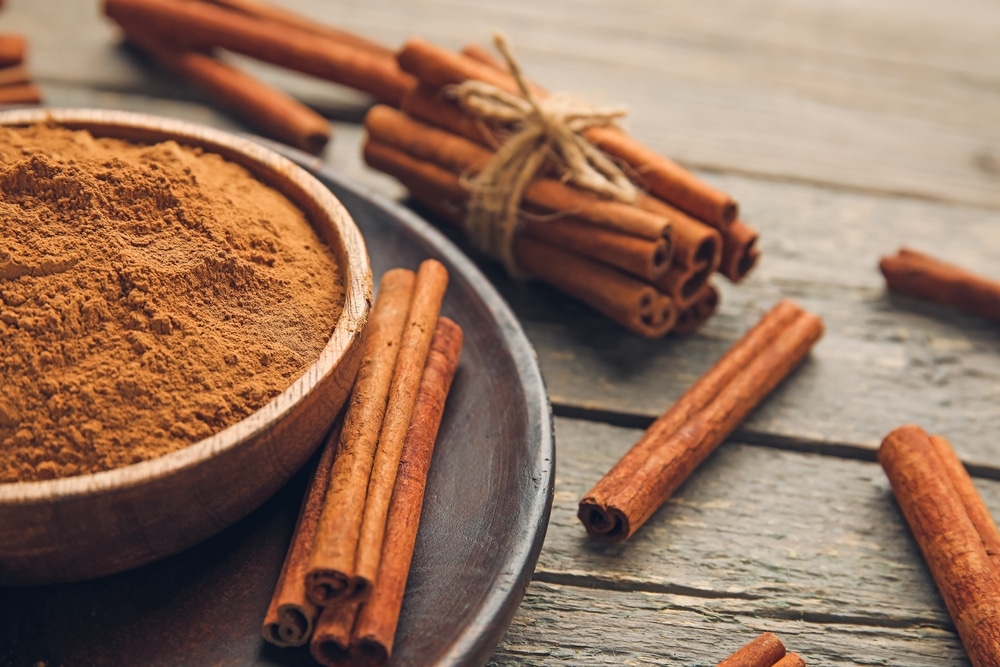What is special about Saigon cinnamon?

Saigon cinnamon, scientifically known as Cinnamomum loureiroi or Cinnamomum aromaticum, stands out among the diverse array of cinnamon varieties for its remarkable aroma, flavor, and therapeutic properties. Originating from Vietnam, particularly the region surrounding Ho Chi Minh City (formerly Saigon), this unique spice has garnered attention worldwide for its distinct characteristics and culinary versatility.
The Origin and Cultivation of Saigon Cinnamon
Saigon cinnamon traces its roots to the lush landscapes and fertile soil of Vietnam, where the Cinnamomum loureiroi tree thrives in the tropical climate. The cinnamon trees are cultivated primarily in the provinces of Quảng Ngãi, Thanh Hóa, and Quảng Nam, where they benefit from the region’s rich biodiversity and optimal growing conditions. The cinnamon bark, prized for its sweet and spicy flavor, is harvested from mature trees and undergoes a meticulous process of drying and curing to enhance its aromatic profile and culinary appeal.
Distinctive Characteristics of Saigon Cinnamon
What sets Saigon cinnamon apart from other cinnamon varieties is its bold and intense flavor profile, characterized by a pronounced sweetness and warm spiciness. Unlike its counterpart, Ceylon cinnamon (Cinnamomum verum), which is known for its delicate and subtle taste, Saigon cinnamon boasts a robust flavor that permeates dishes with a rich and aromatic essence. The bark of Saigon cinnamon is thicker and darker in color compared to other cinnamon varieties, imparting a deep reddish-brown hue to its powdered form.
Aromatic Sensation and Culinary Applications
The aromatic allure of Saigon cinnamon elevates culinary creations with its captivating fragrance and complex flavor notes. Its warm and sweet aroma infuses baked goods, desserts, beverages, and savory dishes with an irresistible allure, making it a sought-after ingredient in kitchens around the world. From cinnamon rolls and apple pies to curries and stews, Saigon cinnamon adds depth and complexity to recipes, enhancing the sensory experience of every dish with its distinctive profile.
Nutritional Value and Health Benefits
Beyond its culinary appeal, Saigon cinnamon boasts a range of potential health benefits attributed to its rich array of antioxidants and phytochemicals. Studies suggest that cinnamon, including Saigon cinnamon, may help regulate blood sugar levels, improve insulin sensitivity, and reduce inflammation in the body. Additionally, the antimicrobial properties of cinnamon compounds may contribute to oral health and immune function, while its antioxidant content helps combat oxidative stress and protect against chronic diseases.
Usage and Safety Considerations
While Saigon cinnamon offers numerous culinary and health benefits, it is important to use it in moderation and exercise caution, especially for individuals with certain medical conditions. The high concentration of coumarin, a natural compound found in cinnamon bark, may pose risks of liver damage and adverse effects when consumed in excess. Therefore, it is advisable to limit consumption and consult healthcare professionals, particularly for individuals taking medications or with pre-existing health concerns.
Culinary Inspiration and Exploration
The allure of Saigon cinnamon transcends geographical boundaries, inspiring chefs, home cooks, and food enthusiasts to experiment with its bold flavors and aromatic nuances. Whether incorporated into classic recipes or innovative culinary creations, Saigon cinnamon serves as a catalyst for culinary exploration and gastronomic innovation. Its versatility extends beyond traditional desserts and holiday favorites, enriching a diverse range of cuisines and culinary traditions with its captivating presence.
Sustainability and Ethical Considerations
As global demand for Saigon cinnamon continues to rise, it is essential to prioritize sustainable sourcing practices and ethical standards to preserve the integrity of the spice industry and support local communities. Sustainable cultivation methods, fair trade initiatives, and environmental stewardship play pivotal roles in ensuring the long-term viability of cinnamon production while promoting social equity and environmental conservation.
Embracing the Essence of Saigon Cinnamon
In conclusion, Saigon cinnamon captivates the senses with its bold flavor, enticing aroma, and potential health benefits, offering a tantalizing glimpse into the rich tapestry of culinary diversity and botanical heritage. From its origins in the verdant landscapes of Vietnam to its global appeal in kitchens and spice cabinets worldwide, Saigon cinnamon continues to enchant and inspire, inviting exploration, creativity, and appreciation for the extraordinary essence of this remarkable spice.
FAQ:
- What is Saigon cinnamon, and how does it differ from other cinnamon varieties? Saigon cinnamon, also known as Vietnamese cinnamon, originates from Vietnam and boasts a bold and intense flavor profile distinct from other cinnamon varieties. It is characterized by its rich sweetness and warm spiciness, setting it apart from the delicate taste of Ceylon cinnamon.
- What are the culinary uses of Saigon cinnamon? Saigon cinnamon is a versatile spice used in a wide range of culinary applications, including baking, cooking, and beverage preparation. It adds depth and complexity to dishes such as desserts, curries, stews, and beverages like mulled cider or tea.
- Is Saigon cinnamon safe for consumption? Yes, Saigon cinnamon is safe for consumption when used in moderation as a culinary spice. However, due to its high coumarin content, excessive consumption may pose risks of liver damage and adverse effects, especially for individuals with pre-existing health conditions.
- Where can I purchase Saigon cinnamon? Saigon cinnamon is available for purchase at specialty spice stores, ethnic markets, and online retailers. It is important to choose high-quality cinnamon from reputable sources to ensure freshness and flavor authenticity.
- What are the potential health benefits of Saigon cinnamon? Saigon cinnamon contains antioxidants and phytochemicals that may help regulate blood sugar levels, improve insulin sensitivity, reduce inflammation, and support overall health and well-being. However, further research is needed to confirm its therapeutic effects.
- Can Saigon cinnamon be used as a substitute for other cinnamon varieties in recipes? Yes, Saigon cinnamon can be used as a substitute for other cinnamon varieties in most recipes. However, it is important to adjust the quantity to account for differences in flavor intensity and potency.
- How should Saigon cinnamon be stored to maintain freshness? Saigon cinnamon should be stored in an airtight container in a cool, dry place away from direct sunlight and moisture. Proper storage helps preserve its aroma, flavor, and nutritional properties for an extended period.
- Is Saigon cinnamon ethically sourced and sustainably produced? Sustainable sourcing practices and ethical standards are important considerations in the production of Saigon cinnamon. Supporting fair trade initiatives and environmentally responsible cultivation methods promotes social equity and environmental conservation within the spice industry.
- Can Saigon cinnamon be used in beverages like coffee or smoothies? Yes, Saigon cinnamon can be used to flavor a variety of beverages, including coffee, smoothies, teas, and cocktails. Its warm and spicy notes complement the flavors of both hot and cold drinks, adding depth and complexity to the beverage experience.
- Are there any precautions to consider when using Saigon cinnamon? While Saigon cinnamon is generally safe for consumption, individuals with allergies to cinnamon or coumarin sensitivities should use caution. Additionally, pregnant women, nursing mothers, and individuals with liver conditions should consult healthcare professionals before consuming Saigon cinnamon regularly.
Related Posts
Is Saigon cinnamon sweet or spicy?
-
Posted by
akshita aishwarya
- 0 comments




One thought on “What is special about Saigon cinnamon?”